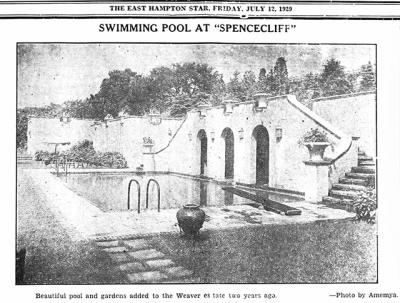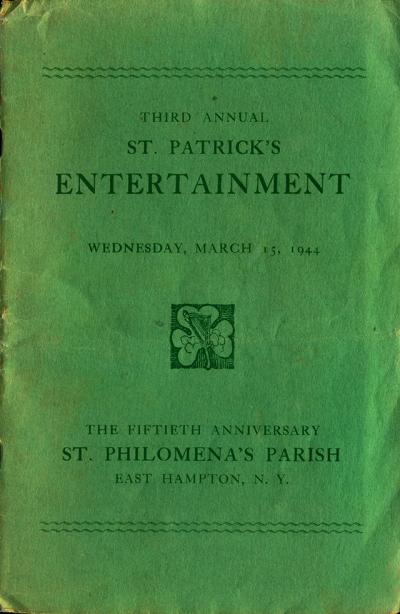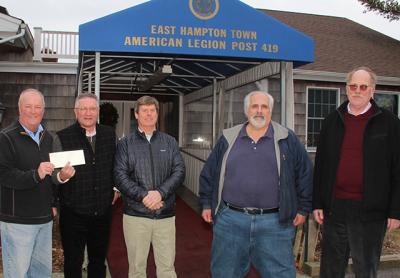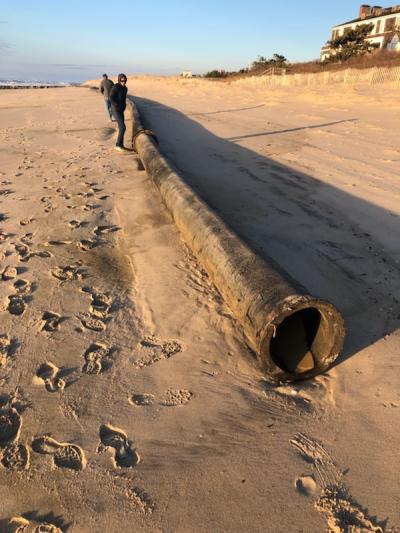PSEG Site in Montauk Raises Ire
PSEG Site in Montauk Raises Ire
While residents of Montauk continue to push back against PSEG Long Island’s apparent plan to purchase 6.7 acres adjacent to Flamingo Avenue to relocate its electrical substation from flood-prone Industrial Road, the utility’s director of communications said yesterday, “no firm decision about the property has been made.”
For months, residents around the site — on a hillside north of the Montauk Firehouse and the Montauk Playhouse Community Center — have argued against putting a facility on land owned by the family of the actor Ralph Macchio. Opponents say the substation could pose a hazard to those around it.
“Serious threats to water quality, adverse health issues, possible accidental emissions episodes, historical resource damage, and negative impact on community open space make the site an irresponsible, reckless undertaking that places the Montauk community at significant present and future risk,” according to a letter announcing a Jan. 30 meeting at the Montauk residence of Tom Bogdan, of a citizens group called Montauk United. Residents also spoke out against the plan at the hamlet’s citizens advisory committee meeting on Monday.
Those meetings followed a Jan. 23 meeting of the Long Island Power Authority’s board of trustees at which Montauk residents also spoke against the plan. PSEG Long Island manages the grid on LIPA’s behalf.
Residents believe that PSEG Long Island misrepresented and concealed its motives and actions, and charge that the East Hampton Town Board clandestinely worked with the utility, having made little serious effort to seek alternatives to the Flamingo Avenue site.
“We agree with the town board that the new PSEG substation should not be on Industrial Road, absolutely,” Mr. Bogdan said yesterday. “Where we disagree is, it does not belong in the site that they favor, which PSEG fa vors also. There’s a variety of reasons why, primarily the fragility of the land.” Mr. Bogdan also noted that the present substation sits on one acre, whereas PSEG Long Island’s potential land purchase adjacent to Flamingo Avenue comprises nearly seven times that footprint.
At the town board’s meeting on Tuesday, Supervisor Peter Van Scoyoc acknowledged the concerns expressed at the citizens advisory committee meeting, which he attended with Councilwoman Sylvia Overby, the board’s liaison to the committee. These concerns, he said, come mostly from property owners in close proximity to the site who were concerned about a substation’s appearance and potential impact on property values and the environment.
He referred to a “frank and open conversation” with PSEG Long Island officials in January 2018, and “several missteps” on the utility’s part that marred its “initial entrance into our town as utility provider. . . . I said, ‘Don’t you guys make an effort to take into account community standards and concerns? When you develop something, pay attention to that.’ ”
PSEG Long Island, he said, “came back in October with an assessment of, I believe, 12 different potential locations in Montauk that would meet size and technical requirements, and for the most part, environmental requirements.” The Flamingo Avenue site, he said, was the utility’s first choice, “which they think they can build and screen.” The town preferred the former landfill on Montauk Highway, he said, but the utility’s officials “felt there were safety and technical issues they couldn’t overcome.”
“We take a hard look at all alternative sites presented,” the supervisor said. “We go through an assessment to ensure they’re properly scored as to what the community feels should be the ranking.” A subcommittee will work with the town’s planning staff to review potential sites, and the citizens advisory committee “will engage with planning staff to act as a conduit to the public in terms of re-evaluating the original 12 sites, plus new ones.”
A hypothetical substation on the Flamingo Avenue site, he added, is “not your great-grandfather’s substation from 1918,” but rather much more compact. Nonetheless, the onus is on the utility to convince the public that any impact of a substation on the proposed site would be benign. PSEG Long Island, he said, has indicated that it will present a plan by the end of this month.
But, Mr. Bogdan said, “What we’re saying to the town board is, can’t you work harder on this? What have you done? The only answer we’re getting is ‘We talked to PSEG, they say they want it,’ and it is completely out of their control. . . . But they do have control: They certainly got PSEG not to build on Industrial Road.”
Dave Gaier, PSEG Long Island’s director of communications, would only say that “We have still made no irrevocable decision. We’re still looking at that property, we’re still weighing our options. . . . Nothing really has changed, but I can tell you no firm decision about the property has been made.”






